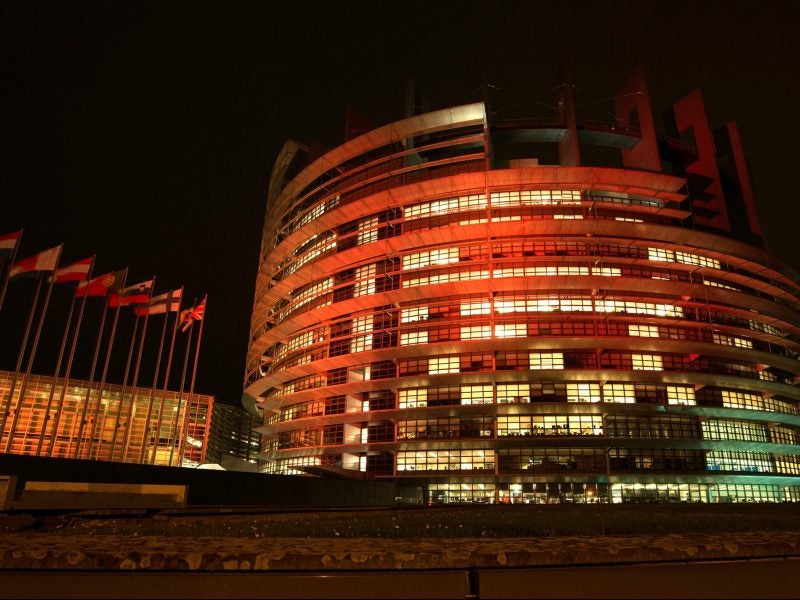
The proportion of electricity generation from renewable sources in the EU reached a record high of 34.6% in 2019, according to estimates by think-tank Agora Energiewende.
At the same time, electricity generation in the EU emitted 12% less CO2. The report says this is “likely to be the largest-ever fall”.
Both of these changes are said to be mainly down to the decline in coal and lignite use. Between them, generation fell by 149.5 TWh.
The report uses Eurostat data up to 2017. It then estimates 2018 and 2019 figures based on information from the European Network of Transmission System Operators, AG Energiebilanzen and Carbon Brief.
Overall consumption of electricity across the EU fell to 2015 levels, falling by 56 TWh, or 1.7%. Production fell by 44.5 TWh, and CO2 emissions fell by 120.4 Mt.
Since 2010, the greatest increase in electricity need was in Malta, followed by Lithuania and Poland, which needed 19%, 14% and 11% more energy respectively. The UK saw the biggest decrease, falling by 10%.
Renewable generation increases
Solar installation in 2019 grew by 104% over 2018, according to estimates from SolarPower Europe. It estimates installations could total up to 26.8 GW in 2023 in its mid-range forecast.
The largest market was Spain which installed 4.7 GW of generation capacity, ahead of Germany with 4 GW. It expects 21 GW of installations in 2020.
WindEurope estimates 14 GW of wind generation capacity was added in 2019, the second-largest growth year so far. It expects average annual growth of 12.2 GW until 2023.
A statement says: “Uncertainty towards the end of the five-year period is quite high, particularly in onshore, and we could witness a stagnation of installations if national authorities do not tackle spatial planning and permitting issues.”
Renewable generation across the union grew by 1.8% in 2019, as the large growth in wind and solar counteracted the decline in some fuels.
Biomass generation grew by only 1% from the previous year, continuing the trend of slowing growth. Generation declined in 11 countries leaving more than half of all biomass generation in Germany, the UK and Italy.
Hydroelectric generation decreased by 6%, or 21 TWh. This continued downturn is said to be because of drier summers in Western Europe, where the majority of hydro power is based.
The end of coal
Hard coal generation across the union has more than halved since its peak in 2012.
Coal and lignite generation in Germany fell by 58 TWh. Despite this, it carried out almost half of all lignite generation and a quarter of all coal generation in the EU in 2019.
In most areas, gas power made up the shortfall caused by coal decline. Between 2012 and 2019, coal generation fell by 424 TWh, while renewables increased by 335TWh and gas increased by 116TWh.
Nuclear generation fell in 2019, and is expected to continue falling in 2020 due to plant closures.



